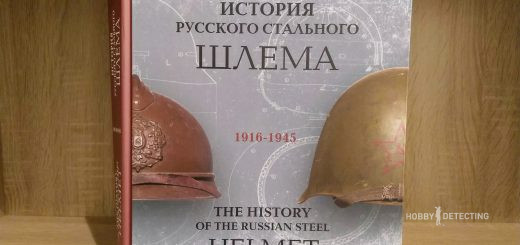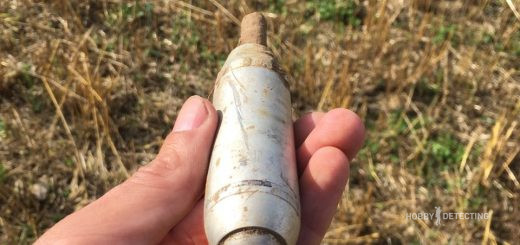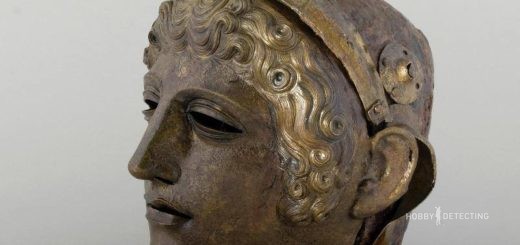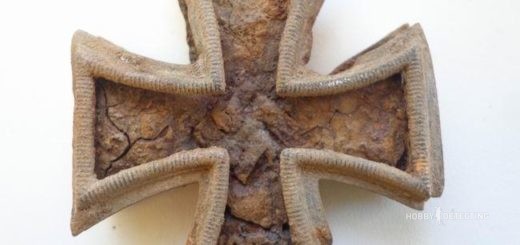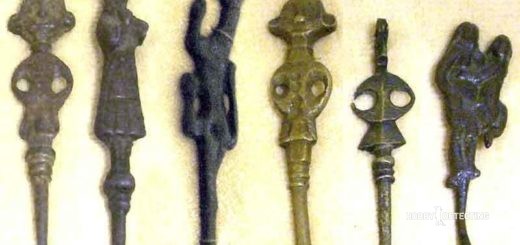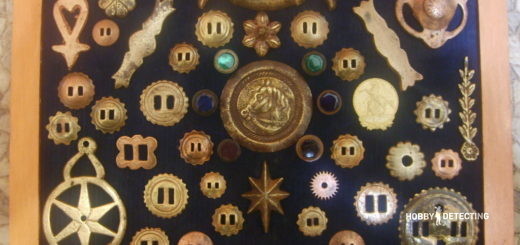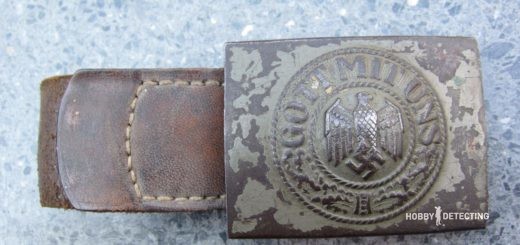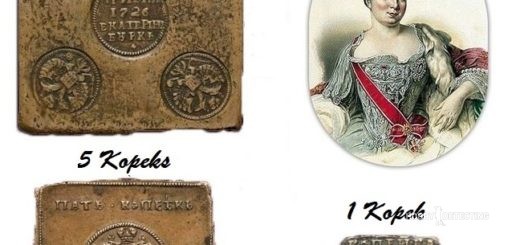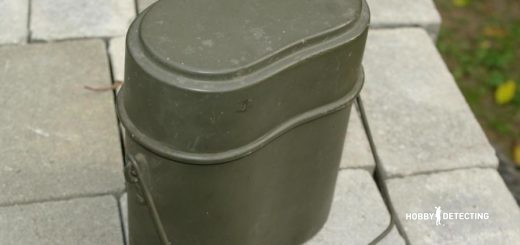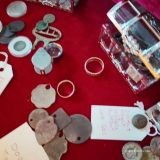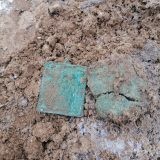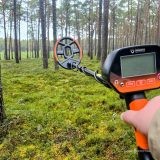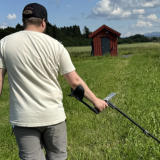The History Of Russian Steel Helmets from 1916-1945, By Ivan Karabanov (Diggers Library+)
Greetings, fellow diggers, and collectors! I continue my topic of “A diggers/collectors library”, in which I introduce you to all the books and works from my personal library, which can be useful for any digger or collector in order to expand the horizons and gain new knowledge. For all the WW2/war relics diggers, it will be interesting to know the history of the Russian steel helmet, because as it turned...

